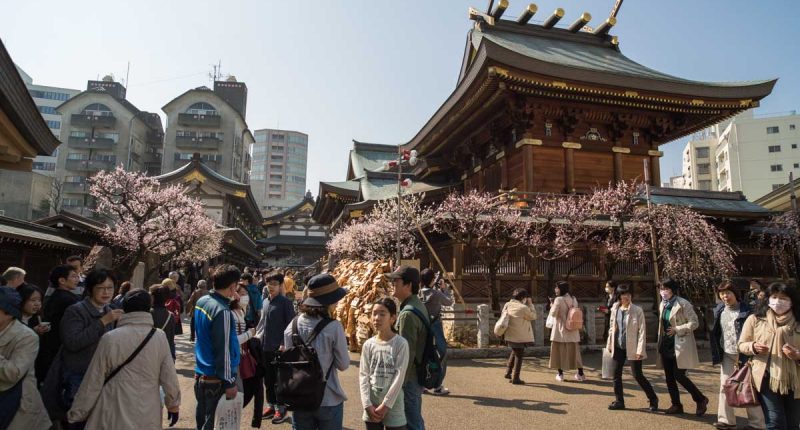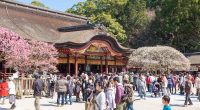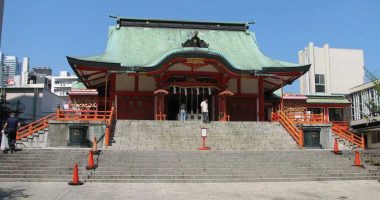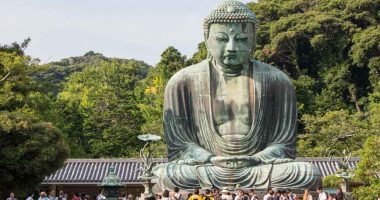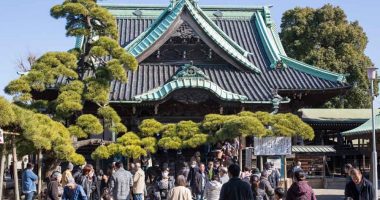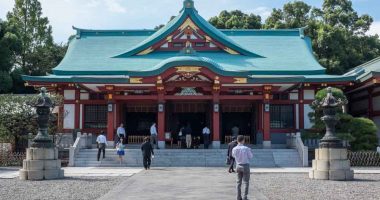Yushima Tenmangu is an important shrine in Bunkyo Ward that houses the spirit of Sugawara no Michizane, a scholar during the Heian Period of Japan who is today revered as the god of learning. There are approximately 14,000 shrines across the country housing his spirit and they are called Tenmangu Shrines (天満宮, tenmangū).
Originally, the shrine was established in 458 CE to worship another Japanese deity but in 1355 the spirit of Sugawara no Michizane was also enshrined and since that time it has been a place of worship for many scholars. Even today many students visit the shrine to pray for success in examinations. The plum festival (Ume Matsuri) during February is another peak time for the shrine and constitutes one of the five annual Bunkyo Flower Festivals.
